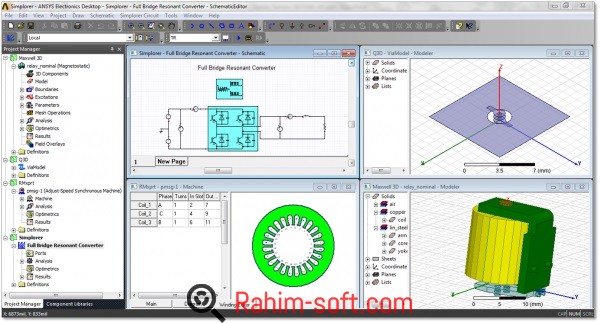These instructions apply only to Mac computers with an Intel processor.
Erasing your Mac permanently deletes all of its files, so make sure that you make a backup of any files that you want to keep. If you're attempting to restore your Mac to factory settings, first learn what to do before you sell, give away, or trade in your Mac.
Start up from macOS Recovery
Format: Continue to use APFS or Mac OS Extended (Journaled), as recommended by Disk Utility. Click Erase Volume Group. If you don't see this button, click Erase instead. If Find My is turned on for this Mac, you may be asked to enter your Apple ID to authorize the erase. Forgot your Apple ID? Download Speed (Mbps) Average Download Time for ANSYS Student Product: Supported Internet Browsers: 10 Mbps (10Base-T) 55 mins: If you are using Mozilla Firefox or Microsoft Internet Explorer (7 or higher), you will be given the option to download using a Download Manager which will appear as either a pop-up window or a new tab in your browser. Ansys engineering simulation and 3D design software delivers product modeling solutions with unmatched scalability and a comprehensive multiphysics foundation. To access online help from the HFSS user interface, do one of the following:. To open a help topic about a specific HFSS menu com- mand, press Shift+F1, and then click the command or toolbar icon. To open a help topic about a specific HFSS dialog box, open the dialog box, and then press F1.

Turn on your Mac, then immediately press and hold these two keys until you see an Apple logo or other image: Command (⌘) and R. You may then be asked to select a user you know the password for. Select the user, then click Next and enter their administrator password.


Use Disk Utility to erase your disk

Hfss On Macbook
- From the utilities window in macOS Recovery, select Disk Utility and click Continue.
- Select Macintosh HD in the sidebar of Disk Utility. Don't see Macintosh HD?
- Click the Erase button in the toolbar, then enter the requested details:
- Name: Continue to use Macintosh HD as the name, or enter a different name.
- Format: Continue to use APFS or Mac OS Extended (Journaled), as recommended by Disk Utility.
- Click Erase Volume Group. If you don't see this button, click Erase instead.
- If Find My is turned on for this Mac, you may be asked to enter your Apple ID to authorize the erase. Forgot your Apple ID?
- After the erase is done, select any other internal volumes that may be listed in the sidebar, then click the delete volume (–) button in the toolbar to delete each volume.
You don't need to delete the Macintosh HD volume you just erased, or any external volumes or disk images. - Quit Disk Utility to return to the utilities window.
- If you want to start up again from the disk you erased, you should now reinstall macOS on that disk.
If you don’t see Macintosh HD in Disk Utility
Hfss On Mac Computer
Your built-in startup disk should be the first item listed in the Disk Utility sidebar. It's named Macintosh HD, unless you changed its name. If you don't see it there, choose Apple menu > Shut Down, then unplug all nonessential devices from your Mac and try again.
If your disk still doesn't appear in Disk Utility, or Disk Utility reports that the erase process failed, your Mac might need service. If you need help, please contact Apple Support.
Learn more

For more information about using Disk Utility, see the Disk Utility User Guide.